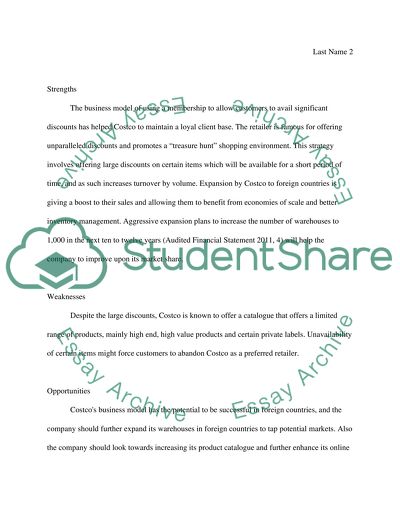Cite this document
(“Costco Wholesale Corporation: Financial Analysis Research Paper”, n.d.)
Retrieved from https://studentshare.org/finance-accounting/1403349-costco-wholesale-s-financial-status-analysis
Retrieved from https://studentshare.org/finance-accounting/1403349-costco-wholesale-s-financial-status-analysis
(Costco Wholesale Corporation: Financial Analysis Research Paper)
https://studentshare.org/finance-accounting/1403349-costco-wholesale-s-financial-status-analysis.
https://studentshare.org/finance-accounting/1403349-costco-wholesale-s-financial-status-analysis.
“Costco Wholesale Corporation: Financial Analysis Research Paper”, n.d. https://studentshare.org/finance-accounting/1403349-costco-wholesale-s-financial-status-analysis.


